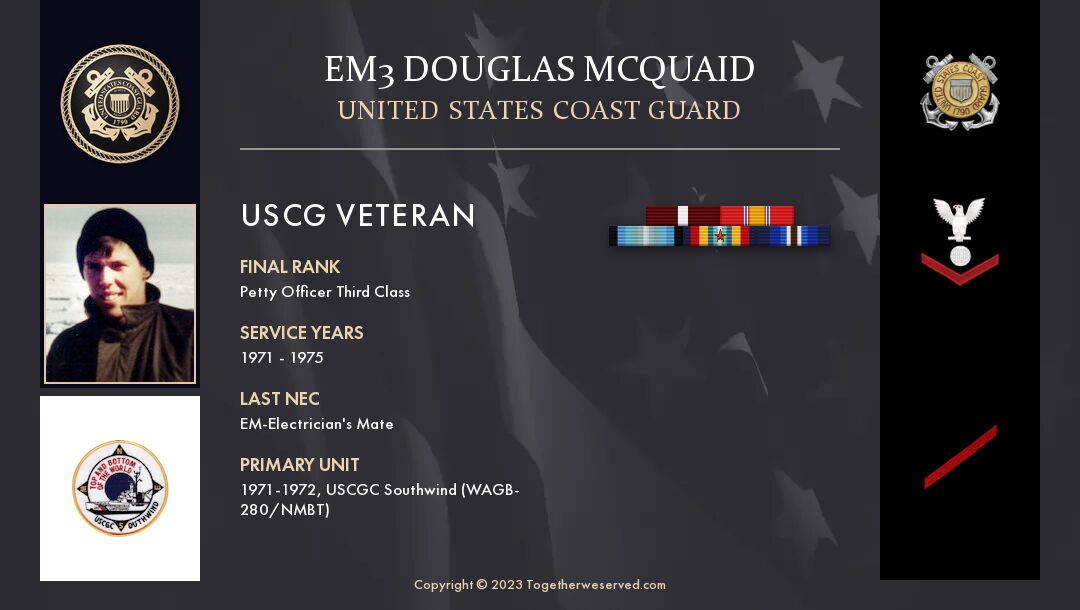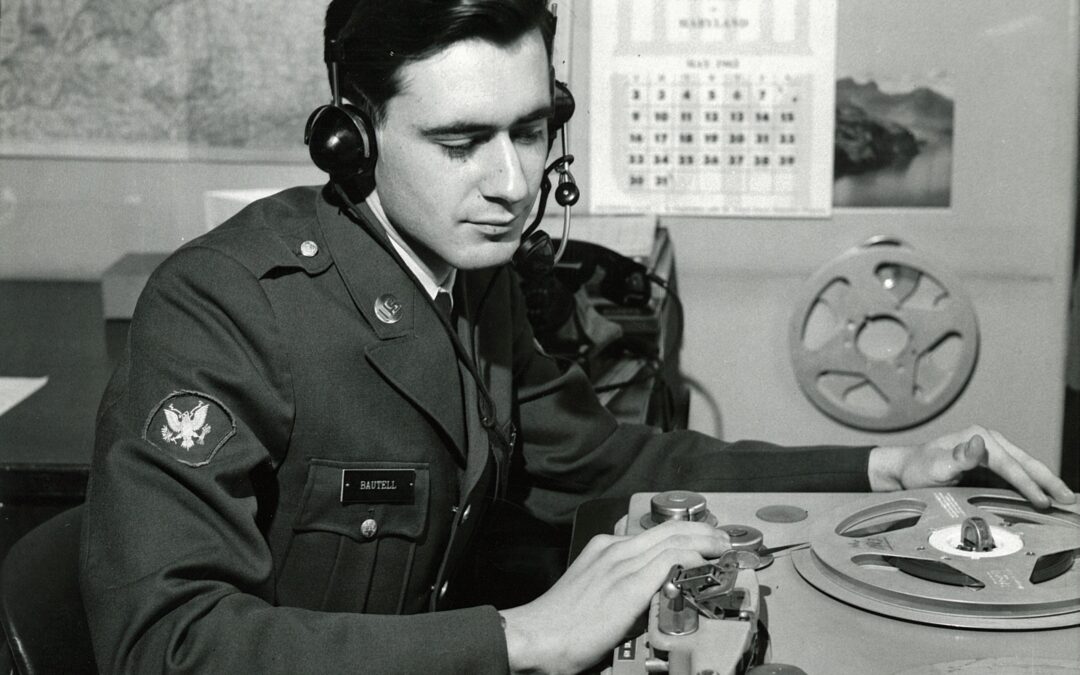Knowing that, as young men, we all faced Universal Military Training, otherwise known as the draft. After my first year of college, I decided that if I really wanted to serve in the armed forces of the United States, it would be better to do it while still young.











